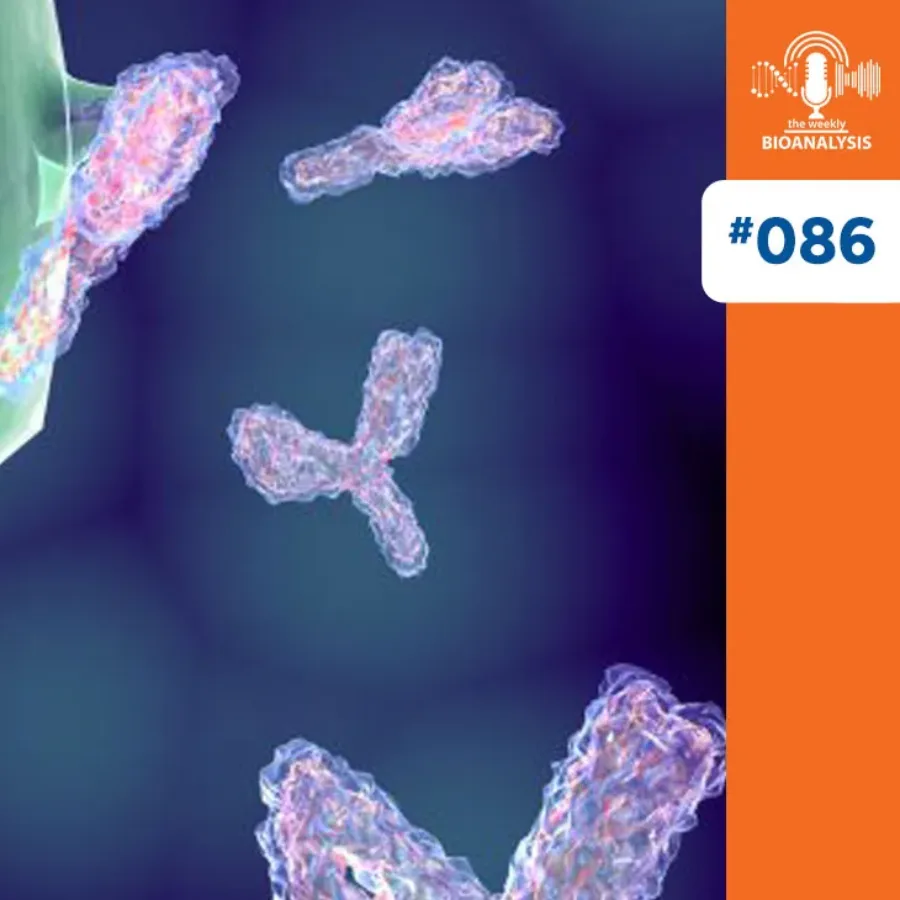 Podcasts
Podcasts
During episode 86 of KCAS Bio’s “The Weekly Bioanalysis” podcast, our hosts Dom and John are joined by Dr Cheikh Kane, the Vice President of Biopharma Services at KCAS Bio, to discuss immunogenicity. They first define Immunogenicity; what it is and why it is tested, as well as the standard…
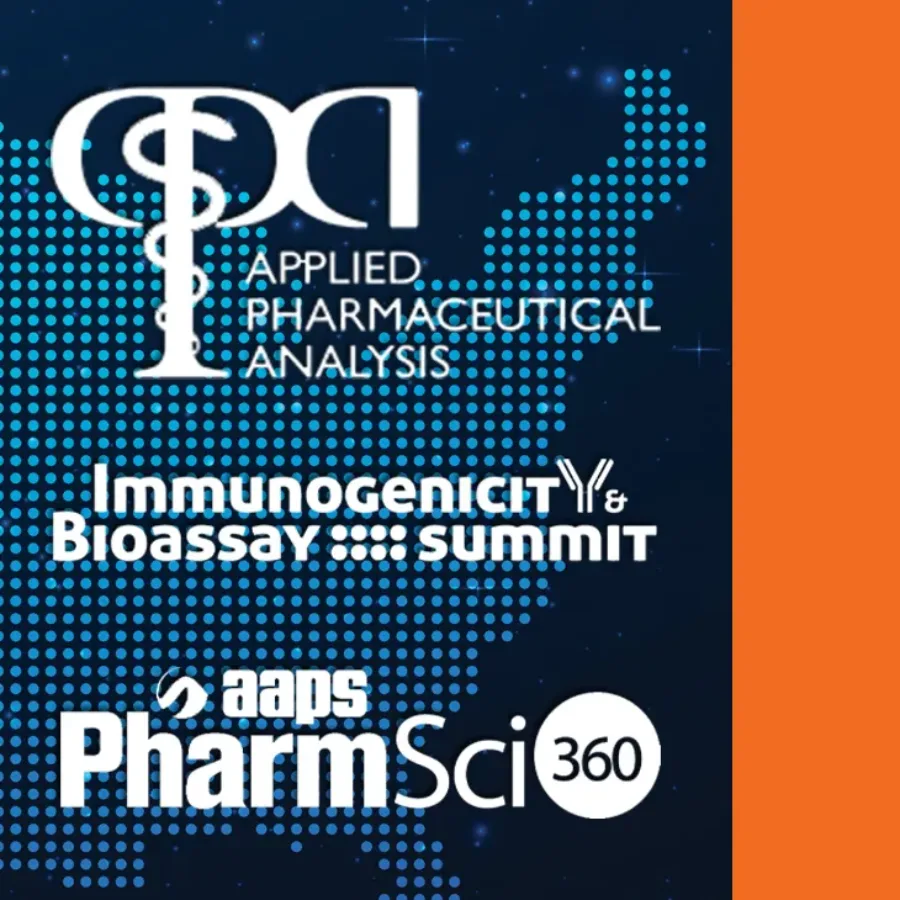 Blogs
Blogs
KCAS Bio is excited to announce our participation in several premier conferences throughout the United States this fall. These events bring together experts, innovators, and leaders in pharmaceuticals, biotechnology, and clinical research to exchange insights, explore the latest technologies, and drive the future of scientific discovery. As a trusted provider…
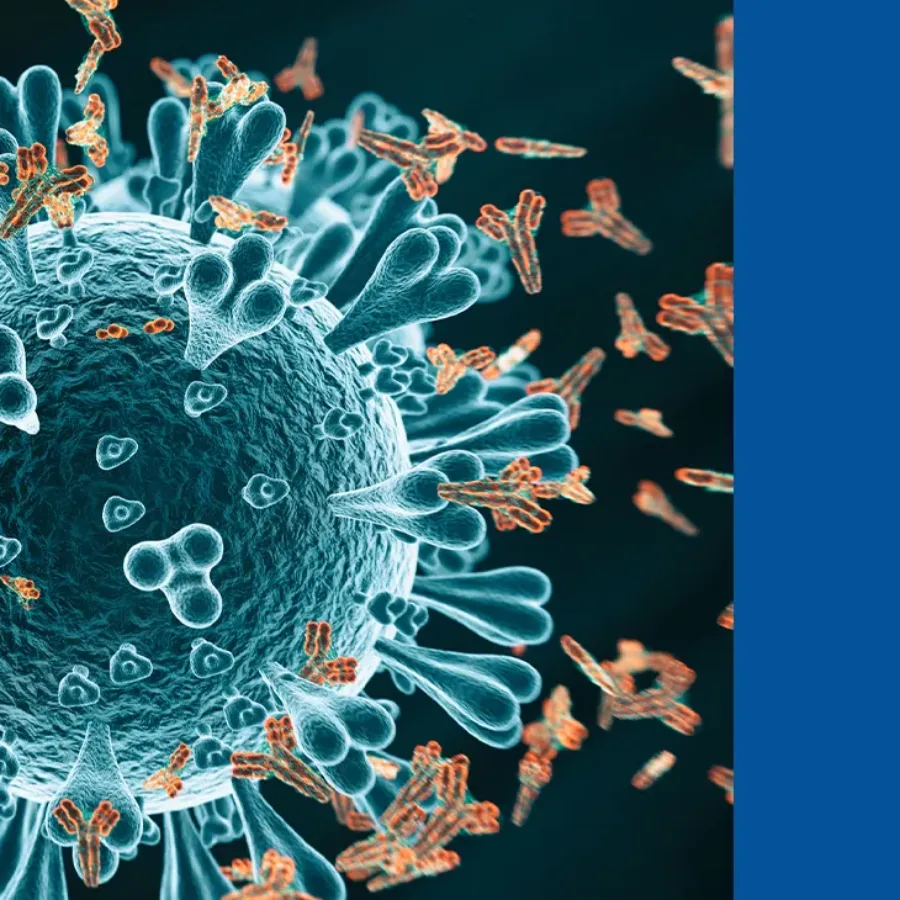 webinars
webinars
In the dynamic field of biotherapeutics, understanding and managing anti-drug antibodies (ADAs) is critical for the success of drug development programs. ADAs can potentially neutralize the efficacy of biotherapeutic drugs, making it essential to have robust testing methodologies in place from the preclinical to clinical stages. KCAS Bio is excited…
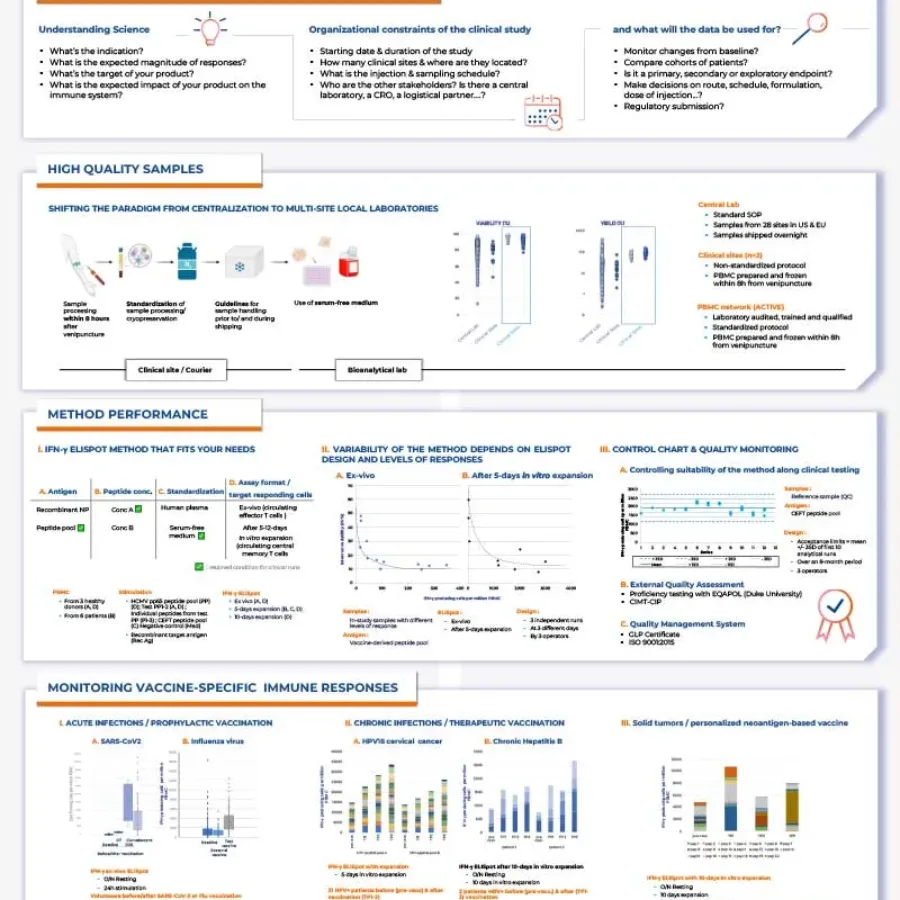 Posters & Papers
Posters & Papers
Please download this poster, “Monitoring immunogenicity of your candidate vaccine by ELISpot.” Vaccines_EIP2024_Poster_vfDownload…
 April 22
- April 24
April 22
- April 24
The European Immunogenicity Platform (EIP) is a central meeting place for scientists and biopharmaceutical companies in Europe. The goal of the EIP is to improve knowledge and expertise in immunogenicity. This is achieved through collaboration between scientists and industry experts. The EIP works with companies, institutes, and professionals involved in…
 webinars
webinars
Produced by Bioanalysis Zone Recorded on December 11, 2023 Webinar available here. Webinar Description: In this webinar, Dominic Warrino discusses the bioanalytical considerations of immunogenicity of cell and gene therapies. Bioanalysis method development and method validation of immunogenicity assays for support of cell and…
 Blogs
Blogs
KCAS is a rapidly growing industry leader that continues to increase its vast knowledge surrounding assay transfers not only internally but externally as well. As KCAS expands as a global leader in the bioanalytical space we have taken our knowledge surrounding internal assay transfers and extended that knowledge to external…
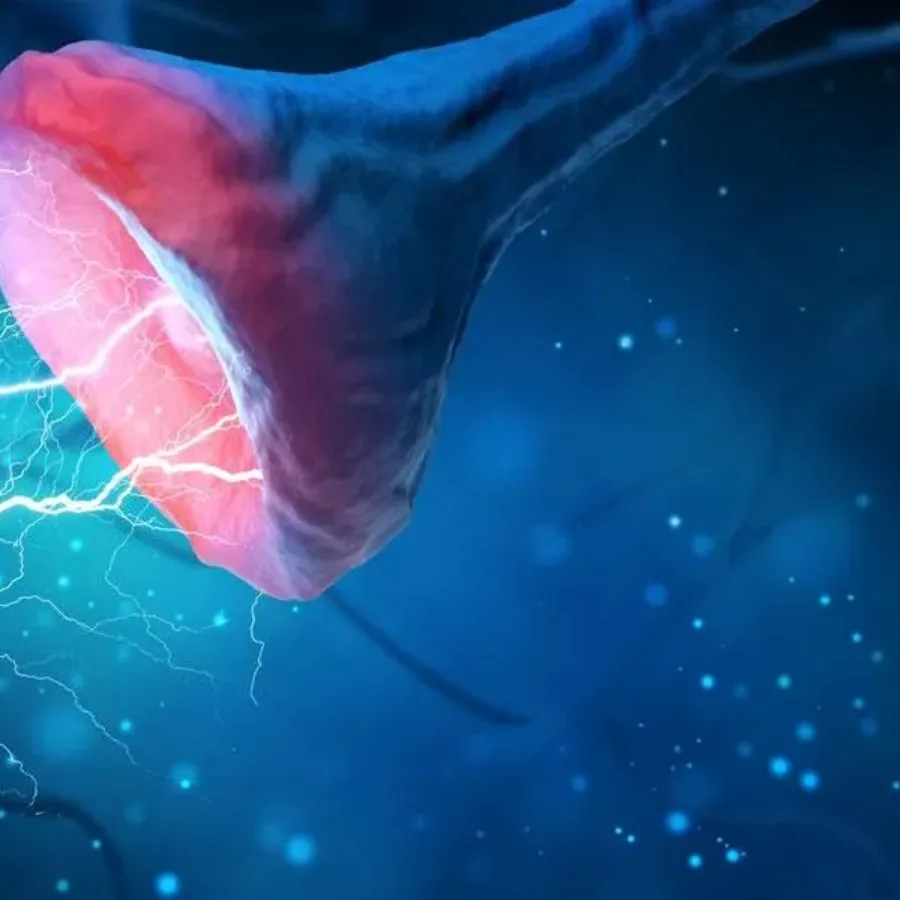 Blogs
Blogs
Neurodegenerative diseases affect millions worldwide. Fifty million people are living with Alzheimer’s disease or other dementias. Although Alzheimer’s disease is one of the most recognized, it is just one of many neurological disorders, such as Multiple Sclerosis, Parkinson’s, or Huntington’s disease. These conditions lead to a…
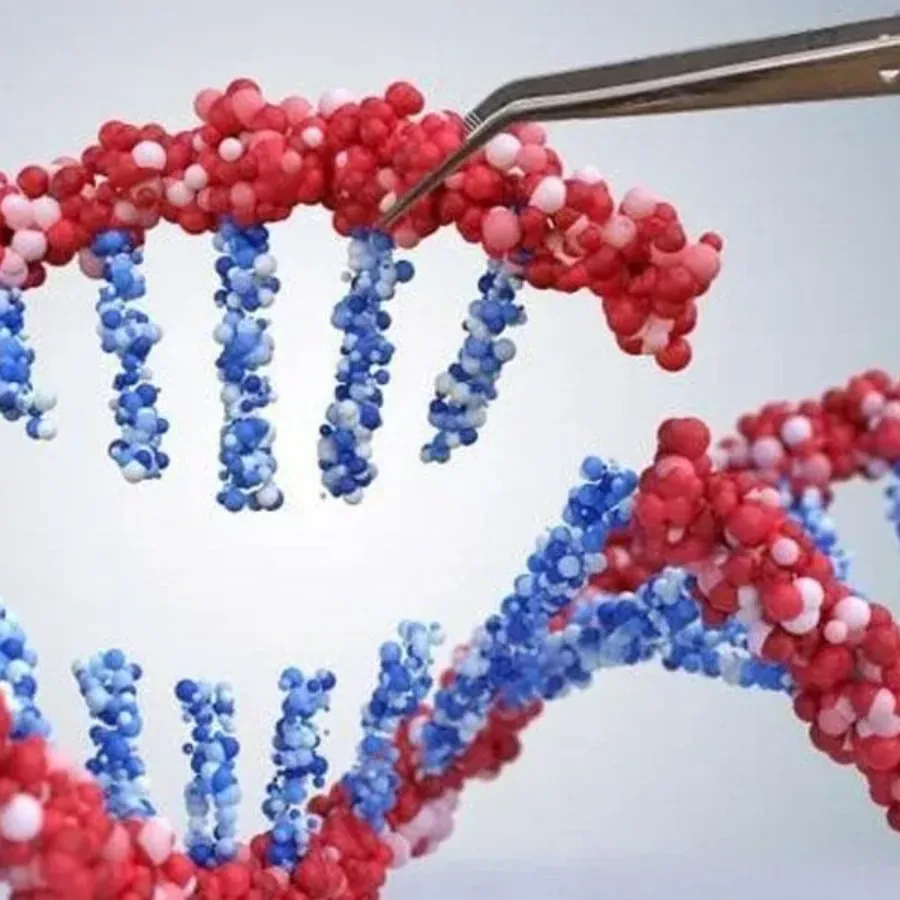 Blogs
Blogs
Cell and Gene Therapies (CGTs) has an estimated market size value in 2022 of USD 8.22 billion and a revenue forecast in 2030 of USD 24.5 billion. This is a CAGR (compound annual growth rate) of 14.6% from 2022 to 2030. Needless to say, the…
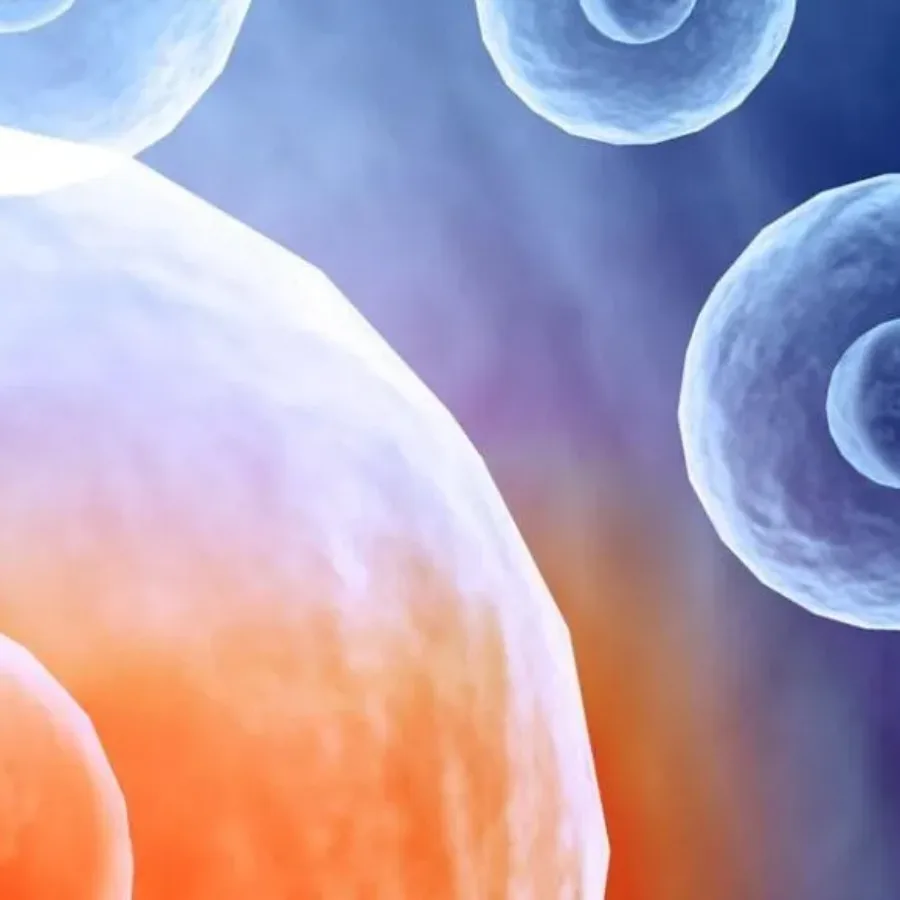 Blogs
Blogs
With the extensive advances in technologies like CRISPR and CAR-T, cell and gene therapy has grown to become a viable way for treating Cancer as well as other diseases. Our team has over 100+ years of collective expertise in molecular services using qPCR and ddPCR for support of…
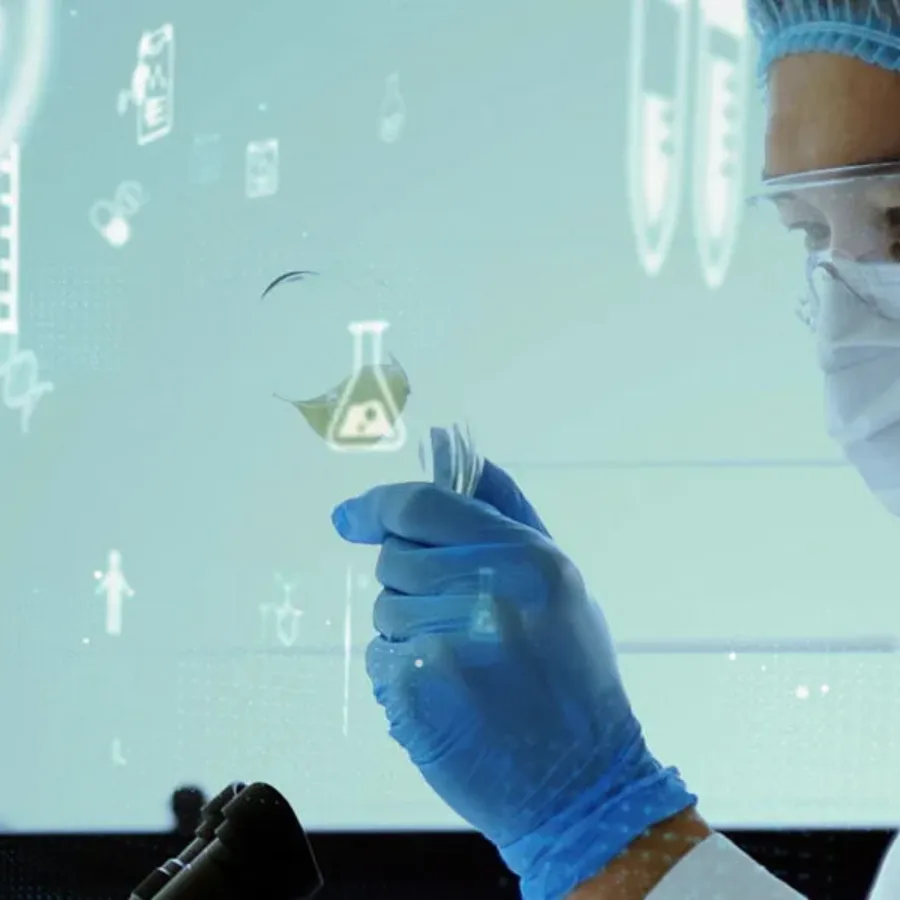 webinars
webinars
Being produced by Xtalks on Friday, June 24, 2022 | 12pm EDT (NA) / 5pm BST (UK) / 6pm CEST (EU-Central) 60 min Webinar Description: Cell and gene therapies (CGTs) are types of treatment that use cellular or genetic material with the goal of treating a disease or a…
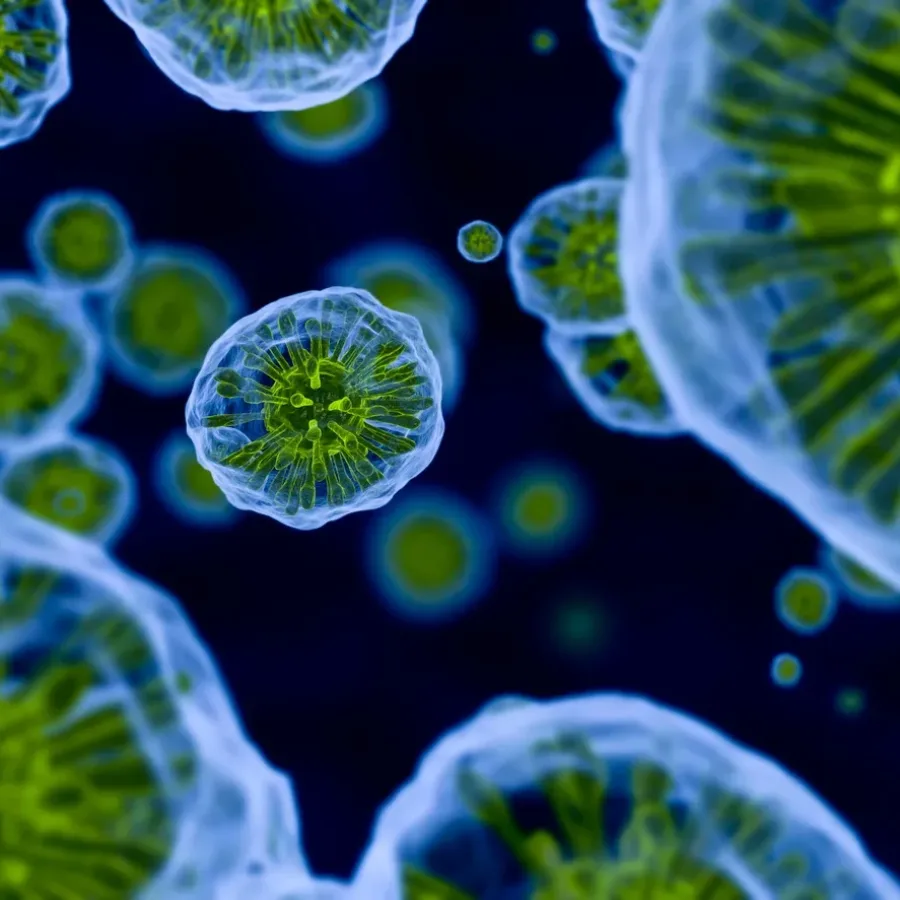 Blogs
Blogs
The immune system is comprised of a multitude of unique cell subsets. Each cell type, from B and T cells, to macrophages, monocytes and dendritic cells, have been phenotypically subdivided into unique subsets as we learn more about the phenotypic signatures that define these cells. Flow cytometry has been the central tool in evaluating and defining cell subsets, and major advances in immunophenotyping have occurred recently as more parameters can be measured during a single run on newer flow cytometers.